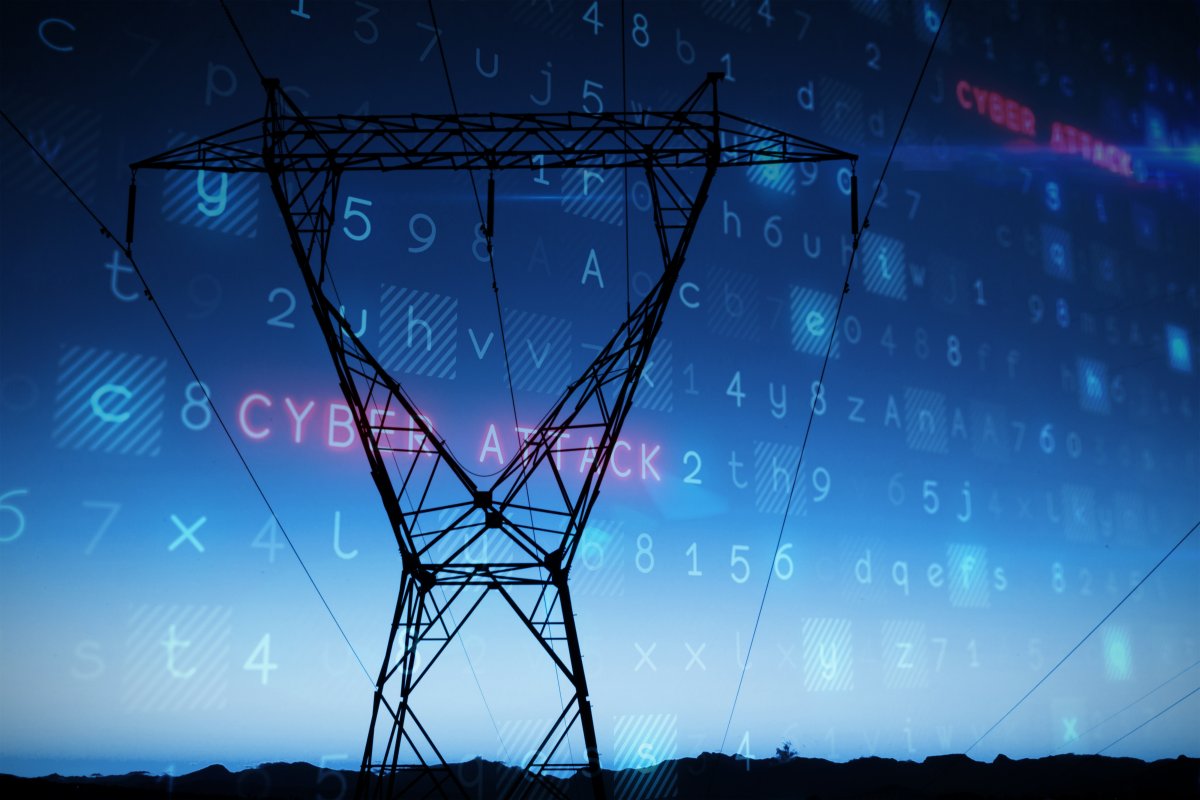The concept of resilience, or the ability to withstand a regulated operation, has played a special role in history, especially when the assumption of imminent wars was prevalent. The broader concept of civil protection in the Federal Republic came about in the 1950s, and measures were put in place to ensure air raid protection following the Korean War. However, the debates on responsibilities and financing have hardly changed since the economic boom of the 21st century.
Disaster control was added as a task to civil protection in the Federal Republic, reflecting the debates of the time, where nuclear accidents, the ozone hole, and dying forests were becoming increasingly relevant. Still, the focus remained on possible armed conflicts with the Warsaw Pact. After 1990, the relevance of this area was considered less important, and the sirens were dismantled. Only after the 9/11 terrorist attacks was greater attention paid to dangers to the functioning of society as a whole.
The emerging digitization and networking was ignored as an aspect of civil and civil protection, managed in parallel with analogue, physical civil protection. However, the closer the two areas have to be thought of together, the greater the conflicts over responsibilities.
The corona pandemic has provided many practical tips on what is critical for society’s functioning. The idea behind the current concept is that sub-areas of a company or administration are critical infrastructure, and there are activities that are essential for their operation. The official German definition of critical infrastructures is areas that are “important for the functionality of modern societies, and their failure or impairment results in lasting disruptions in the overall system.”
The official definition considers even psychological and socio-ecological factors critical. Hence, criticality is defined as “a relative measure of the importance of an infrastructure in relation to the consequences that a disruption or a functional failure has for the security of supply to society with important goods and services.” The question of what is critical for society’s functioning remains a challenge.



